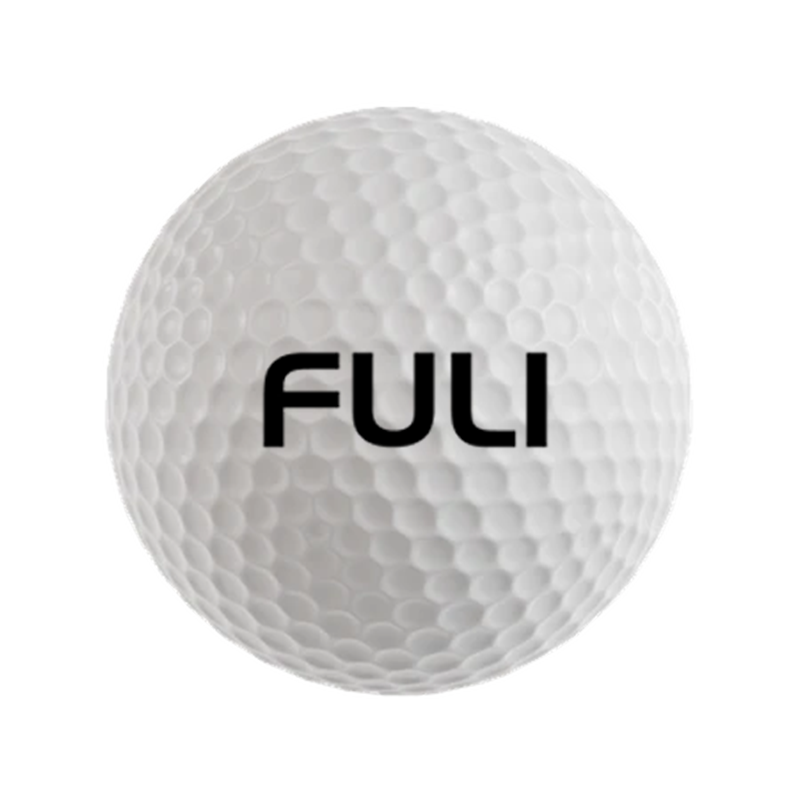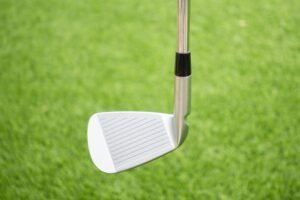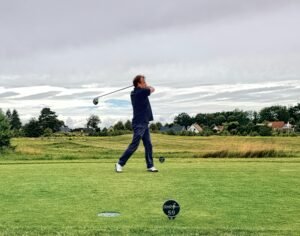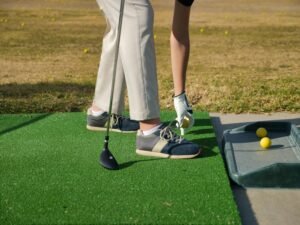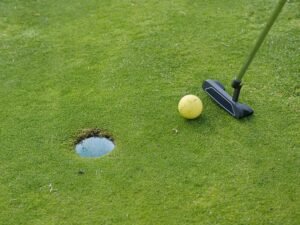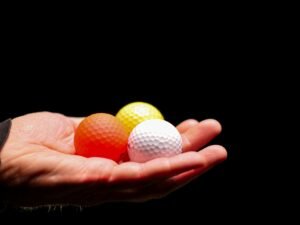
I hope you enjoy reading this blog post.
If you are looking professional golf manufacturer.
The Influence Of The Length Of The Cue On The Stroke And The Selection Guideline
February 10, 2025

In golf, the club is the player’s most important partner. The length of the club is a key factor, which has many effects on the effect of the shot.
At the same time, choosing the length of the club that suits your height and swing style is the key to improving your batting level.
On this basis, learn how to adjust the length of the cue according to your own situation. It can help players further tap their potential and achieve the best batting effect.
Influence Of Cub Length On Stroke
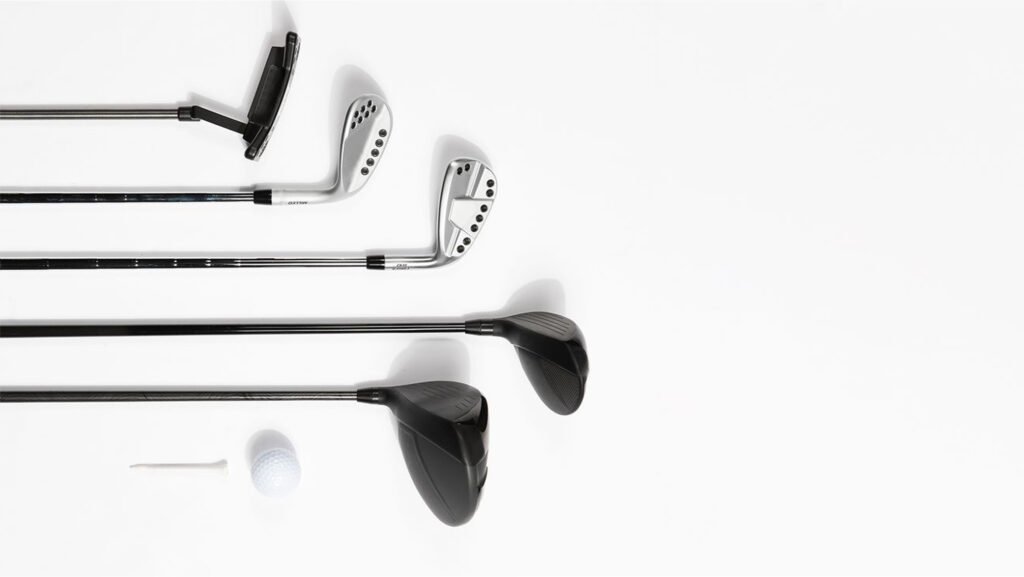
Striking Distance
The length of the cue is closely related to the distance of the shot. In general, a longer club produces a greater linear speed at the moment of stroke. That’s because according to physics, during the swing. The longer the rod, the larger the radius of the arc across the end (the rod head). At the same angular speed of the swing, the linear speed will be greater.
A greater linear speed means that the club head is able to transfer more energy to the golf ball, giving the ball a greater initial speed and thus a greater distance. For example, the first wood is often used to serve. It is the longest of all clubs and usually helps players to hit the ball a long distance, creating favorable conditions for the next shot.
Instead, shorter clubs. Such as short iron, due to the short body, the line speed of the club head is relatively small, and the energy transmitted to the ball is limited. So the shot distance is relatively short, more suitable for accurate short shots near the green.
Batting Accuracy
The influence of club length on the accuracy of the shot can not be ignored. The long club is more difficult to control during the swing due to its long body. Small deviations in motion are magnified in the swing of a long club, resulting in a decrease in the accuracy of the direction and point of the shot.
Imagine that if the body posture or arm movement is slightly wrong during the swing, the club head of the long club may deviate from the ideal stroke trajectory, so that the ball can not accurately fly to the target area. Therefore, when using a long pole, to accurately hit the target, the technical level and concentration of the player is more demanding.
The short bar has better control, because the short bar body, players can more accurately grasp the direction and strength of the stroke, can more easily cope with a variety of batting scenarios that need precise control. When putting, for example, a short, light putter allows the player to more accurately push the ball towards the hole.
Force Mode
Different lengths of clubs require different forces. When using a long club, in order to give full play to its length advantage, obtain greater hitting power. Players need to rely more on the rotation of the body and drive the club head to hit the ball with the strength of the whole body, rather than just relying on the strength of the arm.
This requires players to have good physical coordination and sense of rhythm, through the lower limbs, waist and upper limbs coordinated movement, the power smoothly transferred to the club head.
In contrast, the short stroke can rely more on the strength of the arm and wrist to control the force and direction of the shot. Players can fine-tune their shots with more refined arm and wrist movements. To adapt to different driving situations, such as when playing a cut or wedge shot around the green.
Stroke Trajectory
Club length also affects the trajectory of the shot. Longer clubs, such as wooden ones, usually have a relatively small club face Angle. With the right shot, it’s easier to hit a ball with a high trajectory. This high-trajectory ball travels farther in the air and rolls relatively short distances after landing, which is conducive to use in the service court or when hitting long distances.
The clubface Angle of the short club is larger, and the ball will produce a lower trajectory when hitting. The ball travels relatively short distances in the air, but may roll longer distances after landing.
This low-trajectory ball is more conducive to controlling the roll and stop position of the ball near the green, so that the player can more accurately put the ball on the green and close to the hole.
How To Choose The Right Club Length
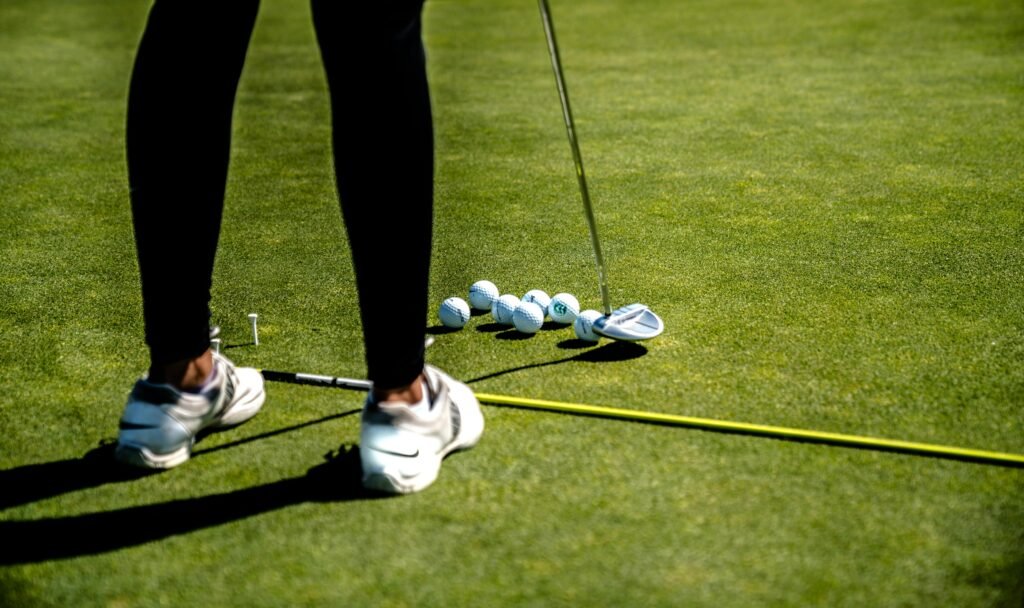
Choose By Height
Height is one of the important reference factors in choosing the length of the cue. In general, the length of the golf club has a certain correspondence with the height.
Taking the common iron as an example, people under 160cm in height may be suitable for using a 35.5 inch to 36 inch club. The height of 160cm-170cm, the length of the club is 36 inches to 36.5 inches is more appropriate. 170cm-180cm tall, can choose 36.5 inches to 37 inches of clubs. For those over 180cm tall, a club of 37 inches or longer may be required.
However, this is only a rough standard, and an individual’s physical proportions need to be taken into account. If the leg length is large, it may be necessary to increase the length of the club appropriately. On the other hand, if the upper body is long, it may be necessary to shorten the length of the club appropriately to ensure the comfort and balance of the body posture when hitting the ball.
Combine Swing Style Selection
Swing style is also a key factor to consider when choosing club length. In order to ensure that the club head can smoothly pass through the hitting area during the swing and is not hindered by the body, a relatively long club needs to be selected.
This allows them to give full play to the power and speed of the swing and improve the effect of the shot. People with a small swing, using a shorter club will be easier to control, and can grasp the hitting point and the hitting force more accurately.
Swing speed also affects the choice of club length. For players with fast swings, the longer clubs can generate greater line speed at the moment of hitting the ball, thereby increasing the power and distance of the shot.
However, if the club is too long and difficult to control, it will affect the hitting effect. For those with slower swings, it’s more important to be able to hit the ball consistently. Shorter clubs can help them better control the rhythm and power of the swing and improve the accuracy of the shot.
In addition, the power mode is also related to the choice of club length. For players who mainly rely on the rotation of the body, the choice of club length should be based on the premise of ensuring the smooth rotation of the body. Generally speaking, a club of moderate length is more suitable so that all parts of the body can coordinate.
For players who mainly rely on arm and wrist power, a relatively short club may be more convenient for them to exert power and control the direction of the shot.
Professional Trial And Adjustment
In order to ensure that you choose the best length for your club, it is necessary to go to a professional golf shop or driving range to test the club. In the process of trial play, personally feel the hitting effect of different lengths of clubs. Observe the distance and direction of the ball and the comfort of your swing.
At the same time, adjust the equipment with the help of professional clubs. TrackMan, for example, uses data analysis to determine the best club length for you.
These devices can accurately measure the flight parameters of the ball, including initial speed, launch Angle, rotation rate, etc., so as to help players choose the length of the club more scientifically.
Consult A Coach Or Equipment Expert
It is also a good idea to consult an experienced golf instructor or equipment expert. With their extensive experience and expertise, they can give professional club length recommendations based on your height, body proportion, swing characteristics, etc.
The coach can also watch your swing and spot potential problems. And according to these problems to adjust the length of the club to optimize your stroke performance.
Adjust The Club Length According To Your Own Situation
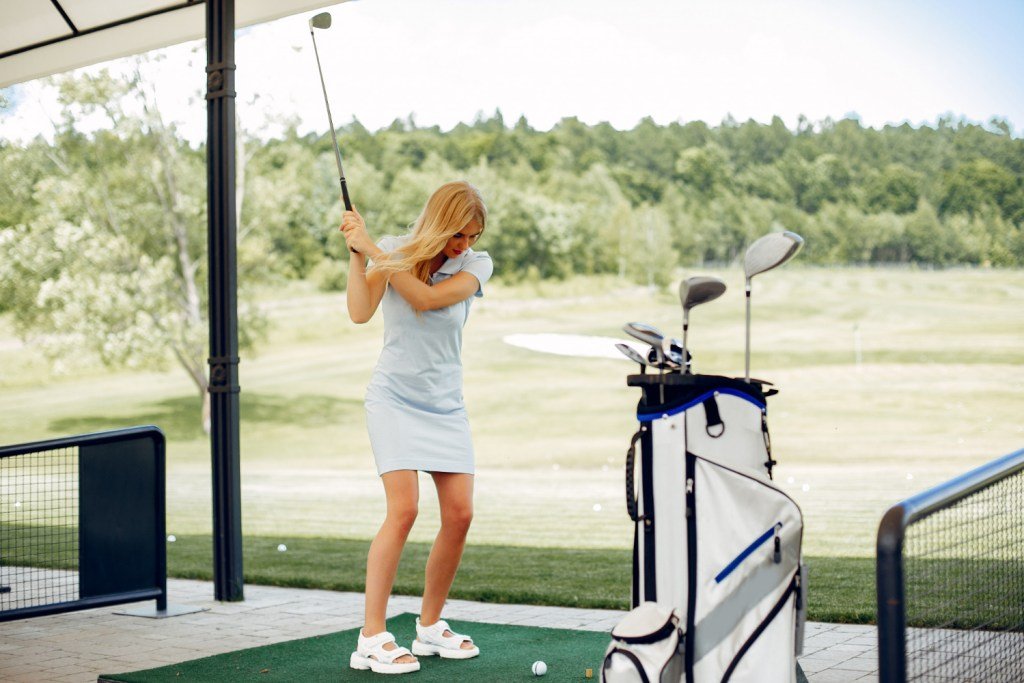
Periodically Assess Physical And Technical Changes
The physical condition and technical level of players are not static. As you age, your body’s flexibility, strength, and coordination may change.
For example, an older player may find that his swing is getting smaller, at which point he may need to reassess whether the club length is appropriate.
Similarly, when the player has improved the speed of his swing through training or changed the way he uses power. Adjusting the length of the cue should also be considered.
Regular self-assessments are recommended (such as semi-annual or yearly). Or ask the coach to help analyze and decide whether the club length needs to be adjusted according to the actual situation.
Fine-tune According To Different Course Environment
Different golf courses have different terrain and climate conditions. On undulating courses, fine-tuning the length of the club may be necessary to better cope with uphill and downhill shots.
For example, when hitting the ball uphill, properly shortening the length of the club helps to better control the Angle and power of the shot. When hitting downhill, a longer club may be better for hitting the ball farther with the help of the terrain.
On windy courses, shorter clubs provide better handling to deal with the effects of wind direction and wind on the shot. On a less windy course, the long club can better play its advantage of increasing the distance of the shot.
Take Advantage Of Adjustable Clubs
Today, there are some adjustable clubs on the market, which allow the player to adjust the length of the shaft within a certain range. Players can use this feature to try out different batting scenarios.
For example, try different length Settings on the driving range first, and record the effect of each setting, including distance, accuracy and comfort. Then, according to these data, choose the most suitable club length setting when actually playing.
However, be aware that frequent adjustment of the club may affect its stability and performance. Therefore, after determining the appropriate length, minimize unnecessary adjustment.
Custom Clubs
If the player still can’t find the right club length after many attempts and adjustments. Then custom clubs may be the best option.
Professional club customizers can create unique clubs based on a player’s height, weight, body proportion, swing style, power mode and special needs. Although the cost of custom clubs is relatively high.
But, in the long run. It can provide players with the equipment best suited to their situation, which greatly improves the hitting effect and golf experience.
The length of the cue affects the stroke in many ways. There are many factors to consider when choosing the right club length for your height and swing style.
Adjusting the length of the club according to its own situation is a key step to further pursue the best hitting effect on this basis. Through scientific selection, continuous practice and timely adjustment. Players are able to find the best club length for them and thus play better on the golf course.
FAQS
How do I choose the right golf ball for my skill layer?
Beginners should start with two-layer balls for ease of use and affordability. Intermediate players might benefit from three-layer balls for better control.
Advanced players can explore four or five-layer options to enhance their performance.
Are more layers always better?
Not necessarily. While more layers can offer advanced performance features, they may not be suitable for every player.
Beginners might find multi-layer balls harder to control, while more experienced golfers can benefit from the added complexity.
What is Fuli lead time?
Usually, we ship orders in 2 weeks. But it will take a little longer if we have the heavy burden of production tasks. It also takes more time for customized products.
Can the weather affect the choice of golf ball?
Absolutely. In colder weather, a softer ball might provide better feel, while in warmer conditions, a firmer ball might maintain distance better.
Additionally, wet conditions may call for balls that offer better traction and control.
How often should I change my golf balls?
Golf balls should be replaced if they show visible signs of damage (scrapes, cuts) or if you notice a decline in performance.
Regular players may want to change balls every few rounds, while casual players can go longer.
Leave a Reply
Your email address will not be published. Required fields are marked *
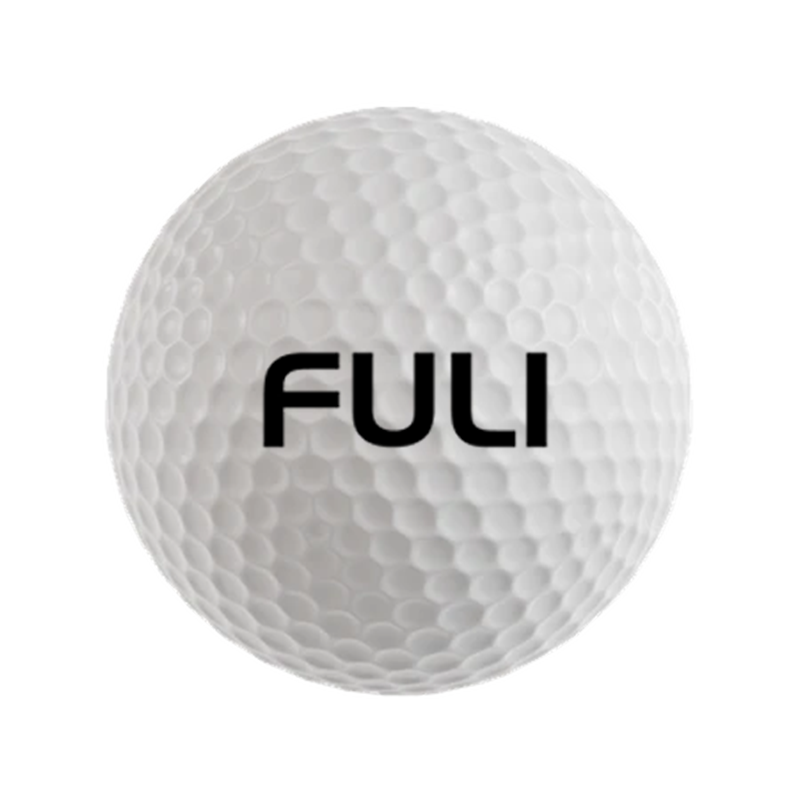
Are you looking for
GOLF BALL?
Offers Suitable Golf For Wholesalers And Professionals

